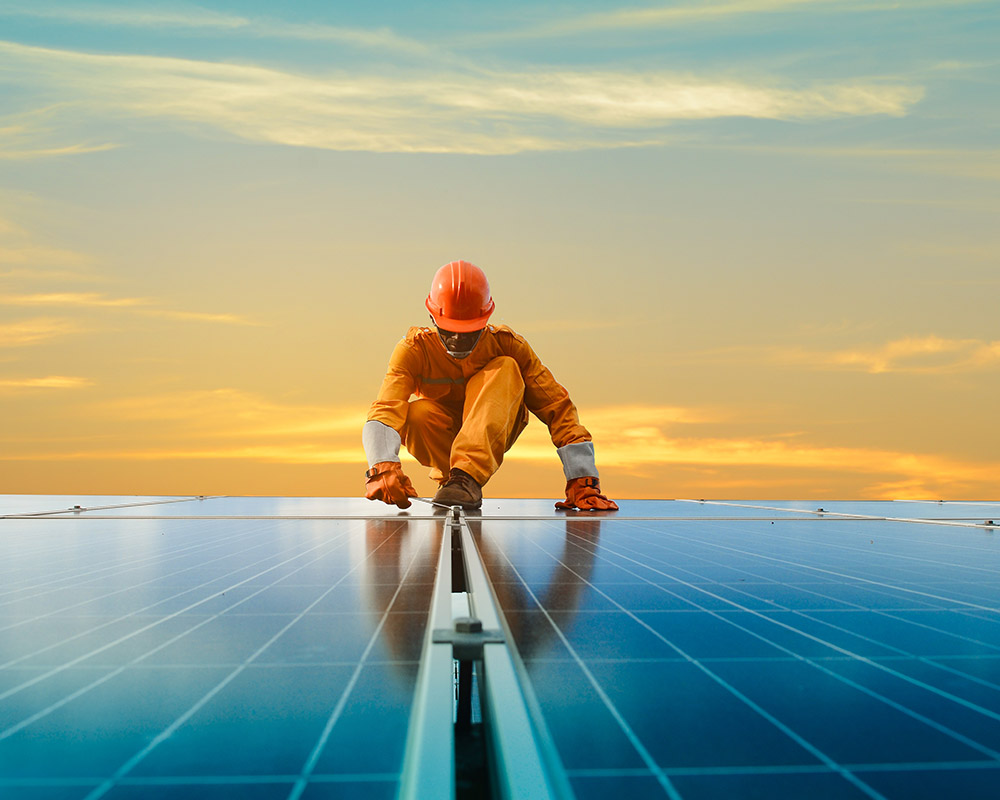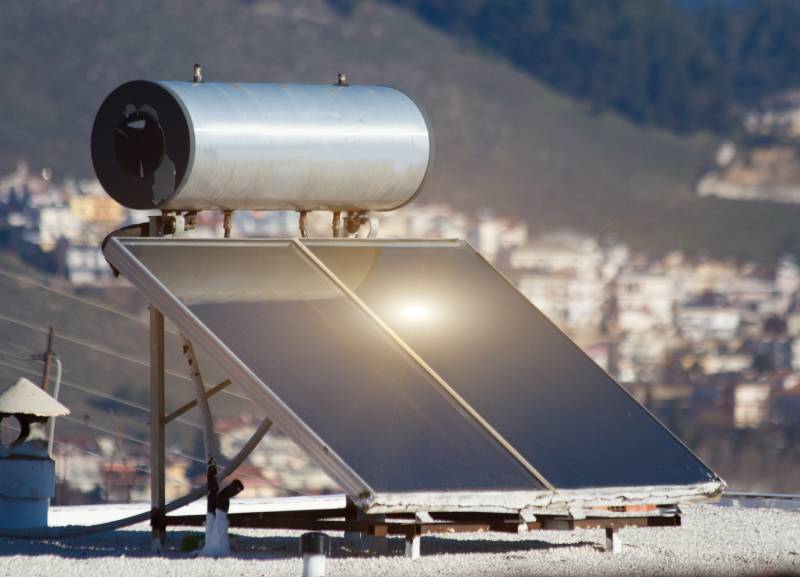
Photovoltaic solar panels
Photovoltaic solar panels
These panels are made up of photovoltaic solar cells that ionize when solar radiation hits them, releasing electrons that interact with each other, generating electrical energy.

Thermal solar panels
Thermal solar panels
Thermal panels, also known as collectors or solar collectors, transform solar radiation into thermal energy or heat.

Hybrid solar panels
Hybrid solar panels
The technology used in these solar panels, which is still under development, makes it possible to combine the benefits of photovoltaic cells and thermal collectors in a single system.




